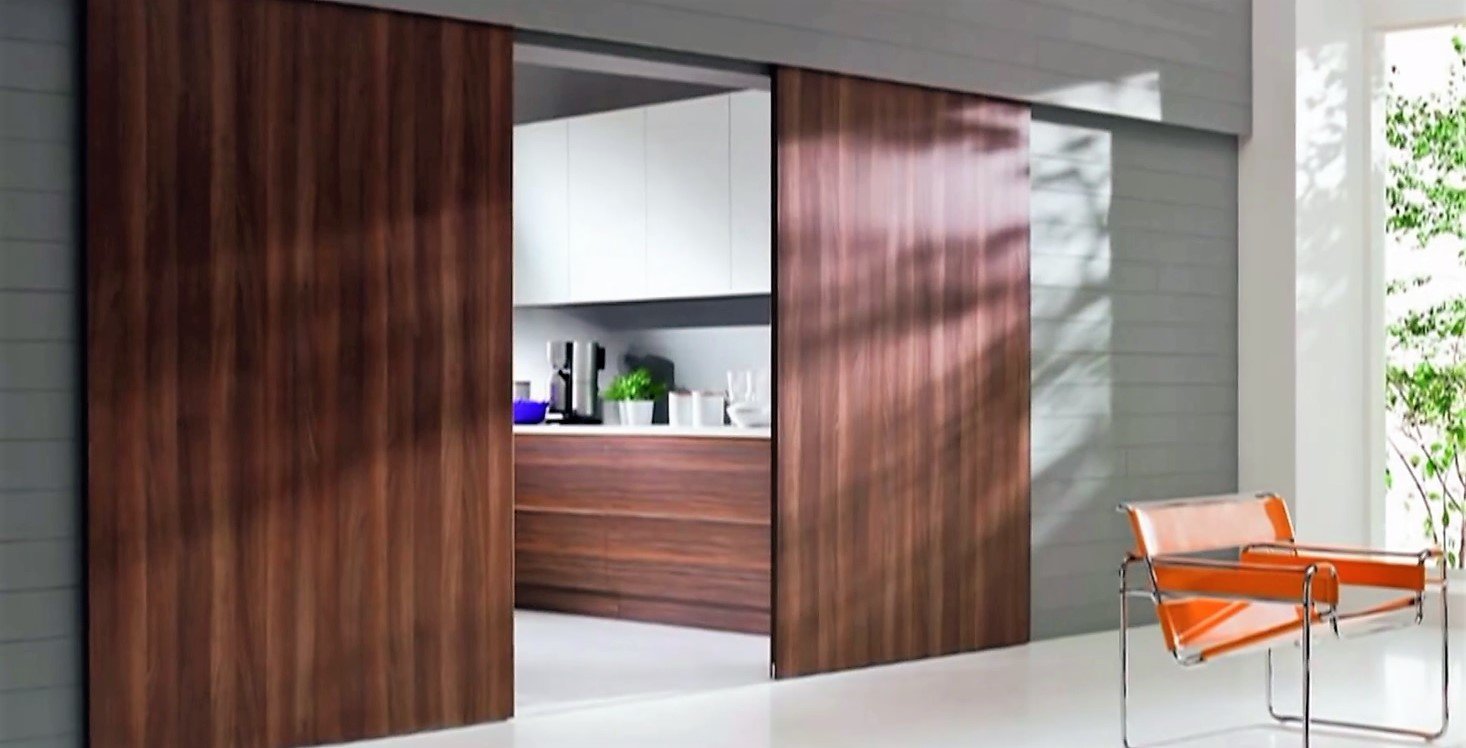Sliding doors are becoming more popular as an alternative to standard doors for conserving space. Aside from increasing your floor area, sliding doors allow for fresh air and natural light, and they quickly improve the beauty of your house. When you add sliding doors and floor-to-ceiling windows, you may enjoy stunning, uninterrupted vistas.
One of the most excellent aspects of sliding doors is that they can be positioned almost anywhere in the house. Internal sliding doors separate a vast room without impeding the view, creating a sense of continuous, open space. External sliding doors for patios and balconies save space while affording breathtaking views.
External Sliding Doors
Sliding doors on the exterior of a structure are often utilised for direct entry or exit. They are constructed robustly to offer protection and to survive the weather and the environment that is found outside. Sliding exterior doors made of wood and glass are typically coated to provide additional protection against the normal wear and tear that they endure and enhance their endurance.
Patio sliding doors are typically constructed of glass, so they may let in plenty of natural light and give an unobstructed view of the surrounding landscape. They are available in a wide variety of classic and exotic designs to complement current floor plans. A sliding French door is a traditional and contemporary design, and it is an excellent option for partitioning the kitchen from the living room.
Internal Sliding Doors
Sliding doors on the interior of a house allow for entry into and egress from the various internal rooms. They are also appropriate for use in vestibules, hallways, or other places next to exterior sliding doors that open to a patio or balcony. Interior doors can be crafted from various materials, including wood, glass, and metal, and are often sold at a lower price than their exterior counterparts.
Sliding doors are a terrific option for use as separators or partitions, whether the goal is to give interest to an interior or to split up a vast room. Sliding doors that are tinted or opaque are ideal for use as entry/exit doors or as dividers where privacy is a concern.
Because they are simple to instal and manage, bypass doors are an excellent choice for wardrobes, closets, restrooms, and other spaces with limited floor space. To open them, you have to push the door to the side to open it. A pocket sliding door that does not have hinges is yet another fantastic door option for areas that are limited in space. The entrance blends in when the walls are opened to create the illusion of one continuous space.
Improved Functionality Through Right Upkeeping
Regular maintenance will maintain your sliding doors in pristine condition for many years. Dirt accumulation is one of the most typical reasons for sliding door difficulties. Dirt, dirt, and pet/human hair can accumulate on indoor tracks, causing panels to stick. Forcing blocked doors to open causes further damage due to friction and tension on the working parts.
This is why it’s critical to clean your sliding doors regularly. This is much simpler than you think: Remove stubborn dirt with a brush and vacuum the remainder of the debris. Inspect the door tracks, rollers, and wheels for damage and, if necessary, realign them. Oil the tracks and rollers to keep them running smoothly. Finally, inspect the seals, locks, and latches. Check that the door is securely closed.
Don’t dismiss sliding door issues. Sliding doors that are stuck or damaged offer safety and security risks that can be costly in the long run. External sliding doors are particularly vulnerable to break-ins due to their fragile latching. Blocking bars, security pins, and a decent home security system may add an extra layer of security.


